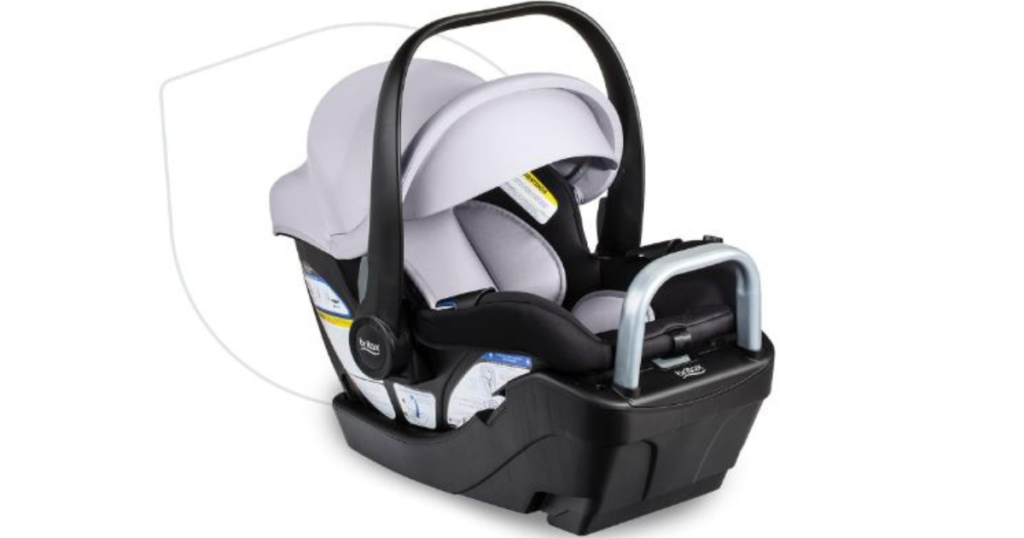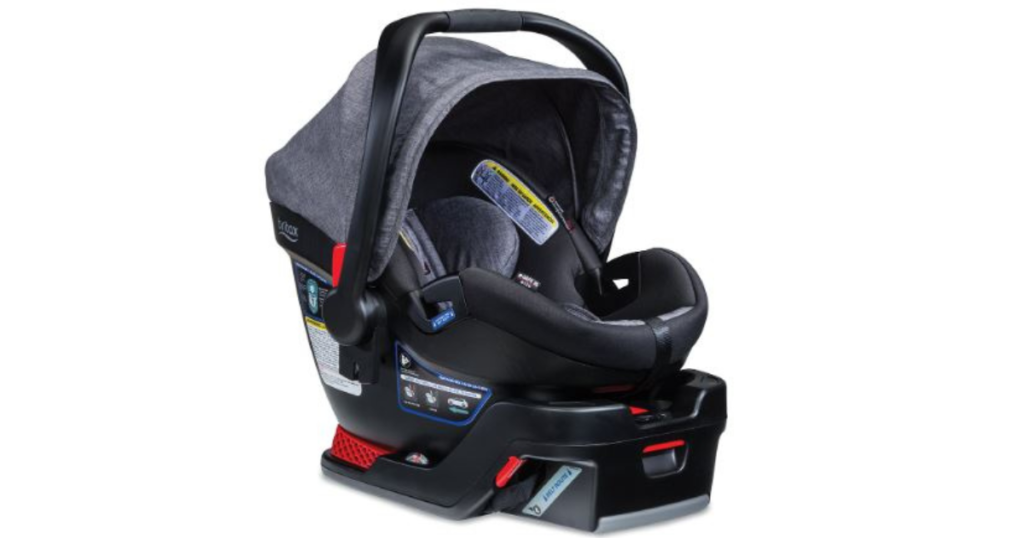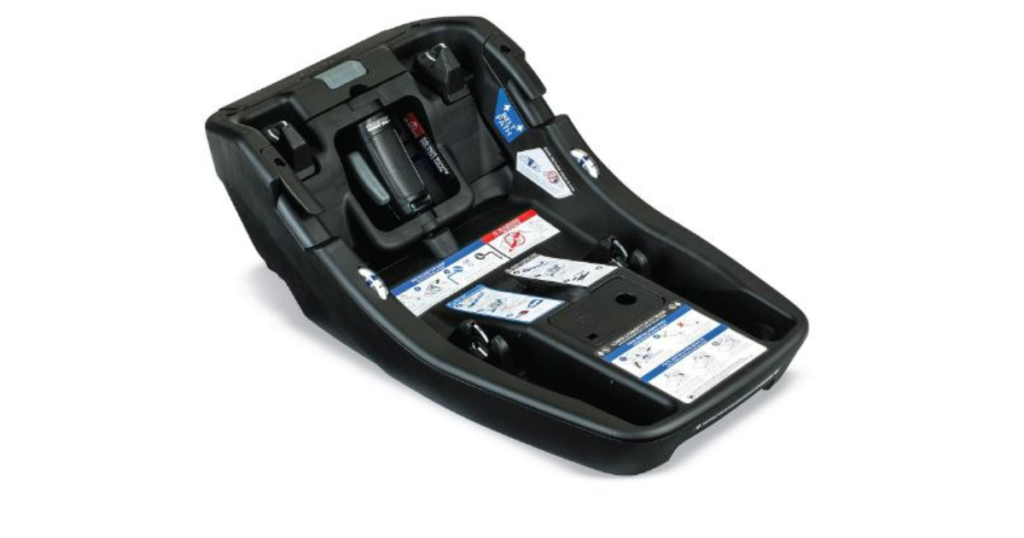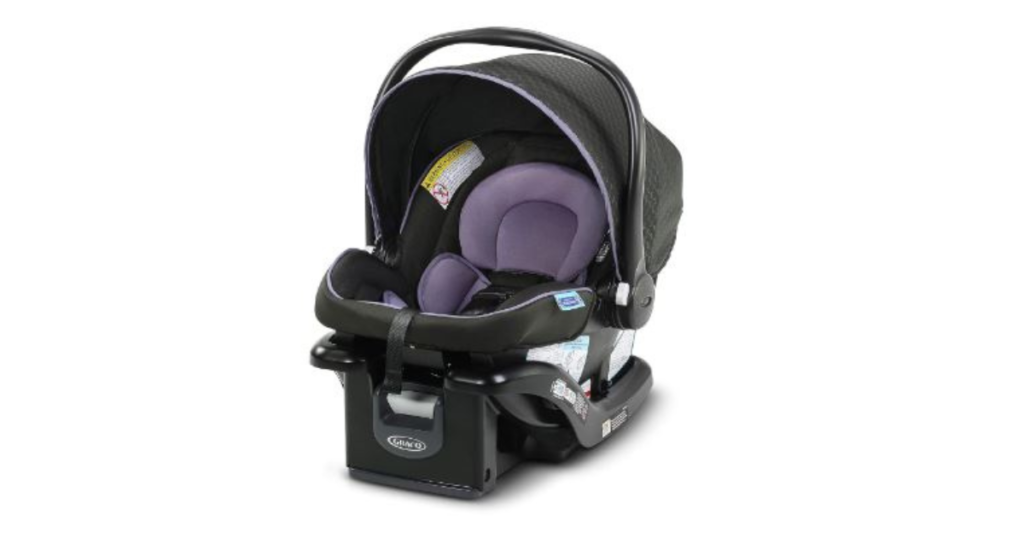Picture this: you’ve just become a parent and are about to take your newborn on their first car ride. You’ve chosen the Doona car seat, known for its safety and convenience.
But a crucial question arises: How long can baby stay in Doona car seat? Understanding the time limits and safety guidelines for the Doona car seat is essential for every new parent.
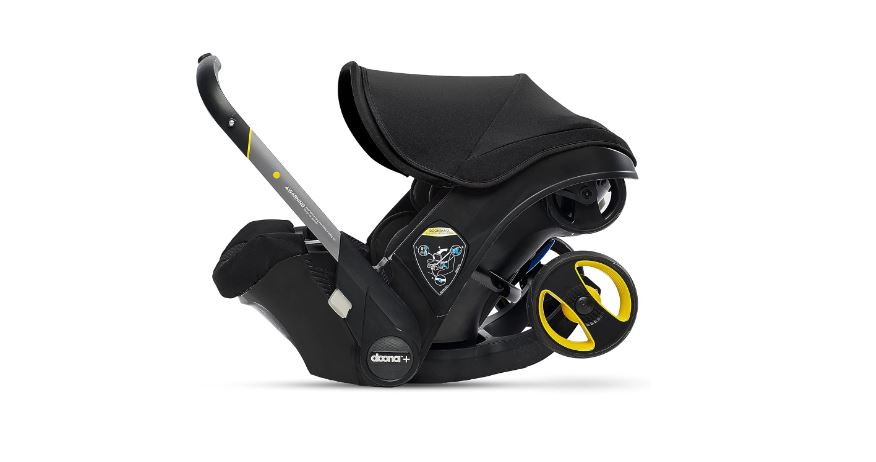
An Overview of the Doona Car Seat Stroller
The Doona Car Seat is a unique and multifunctional product that serves as both a car seat and a stroller. It offers convenience and ease of use, allowing parents to seamlessly transition from car to stroller mode without the need for separate equipment.
How Long Can Baby Stay In Doona Car Seat?
Pediatric experts recommend that babies should not be in a car seat for more than 2 hours at a time, and this applies to the Doona car seat as well.
This guideline is in place to prevent the risks associated with prolonged periods in a semi-upright position, such as reduced oxygen saturation and increased risk of suffocation, especially in newborns and young infants.
Here’s an article on the expiration date of the Doona car seat
When to Stop Using Doona: Age, Weight, and Height Limit
The Doona Car Seat is designed to cater to the safety and comfort of infants from birth until they reach certain weight and height limits. Specifically, it is suitable for babies weighing up to 35 pounds (about 16 kilograms) and up to 32 inches (about 81 centimeters) in height.
These limits ensure that the car seat provides optimal protection and ergonomic support for infants within this range.
In terms of age, the Doona Car Seat is typically suitable for newborns and can be used until around the age of 12 to 15 months, depending on the growth rate of the child.
Parents must monitor their child’s development and transition to a different car seat once their baby exceeds the weight or height limits or reaches the age threshold where a different type of car seat is more appropriate for their size and developmental needs.
The Doona, with its innovative design, offers a practical solution for parents during the early and most formative months of their child’s life.
Related: How safe is the Doona car seat?
Best Practices for Long Rides With the Doona Car Seat
To ensure the best experience during long rides with the Doona car seat, here are some best practices:
1. Proper Installation: Always ensure that the Doona car seat is installed correctly according to the manufacturer’s guidelines. A correctly installed car seat is crucial for the safety of your child.
2. Right Positioning of the Baby: Make sure your baby is properly positioned in the car seat. The harness should be snug but not too tight, with the chest clip at armpit level.
3. Limit Time in the Car Seat: Pediatricians generally advise that babies should not be in a car seat for more than 2 hours within a 24-hour period. This is to prevent potential risks like oxygen desaturation and developing a flat spot on the head.
4. Frequent Breaks: Plan to stop every 1-2 hours during long rides. Use these breaks to take your baby out of the car seat, change their diaper, feed them, and allow some time for stretching or tummy time.
5. Monitor Your Baby: Keep an eye on your baby throughout the journey for any signs of discomfort or distress. If they appear restless, in pain, or have difficulty breathing, stop and address their needs immediately.
6. Avoid Overnight Travel: It’s best to avoid using the car seat for sleeping, particularly for long periods or overnight, as it’s not designed for prolonged sleep and may increase the risk of SIDS.
7. Temperature Control: Ensure the car’s temperature is comfortable for your baby. Avoid overdressing your baby, as car seats can build up heat, and use sunshades on windows if necessary to prevent direct sunlight.
8. Entertainment and Comfort: For older babies, soft toys or car seat-friendly toys can provide entertainment. Ensure any toys are safe and won’t pose a choking hazard or distraction.
9. Stay Prepared: Pack essentials for your baby including a diaper bag, extra clothes, baby food, bottles, and a first-aid kit.
10. Health and Comfort Checks: Regularly check on your baby’s health and comfort. Adjust the car seat’s position if your baby seems uncomfortable, and ensure they are not in direct sunlight or an uncomfortable position.
By following these best practices, you can make long rides with the Doona car seat safer and more comfortable for your baby. Remember, while the Doona is convenient for travel, it’s important to use it responsibly and always prioritize your baby’s safety and comfort.
Related: Can you use Doona without the base?
Do the Doona car seat and stroller have different weight limits?
No, the Doona car seat and stroller, an innovative product that combines both functionalities in one unit, has a single weight limit that applies to both its use as a car seat and as a stroller.
This weight limit is typically set at 35 pounds (about 16 kilograms). This means that whether you are using the Doona as a car seat in your vehicle or as a stroller while walking, the recommended maximum weight of the child should not exceed 35 pounds.
Always check the specific guidelines provided by the manufacturer for your Doona model, as there can be variations or updates. Additionally, it’s essential to transition your child to a different car seat or stroller that suits their growing size and weight for continued safety and comfort.
Is it safe for babies to sleep in the Doona Car Seat Stroller?
While the Doona car seat is designed for both safety and convenience while traveling, it’s important to be cautious about allowing a baby to sleep in it for extended periods, particularly when it’s not in a moving vehicle. Here are some considerations regarding the safety of babies sleeping in the Doona:
1. Short Naps: It’s common for babies to fall asleep in car seats during travel. Short naps in the Doona car seat while moving are generally considered safe, provided the baby is properly harnessed and the car seat is correctly installed.
2. Not for Prolonged Sleep: The Doona car seat is not designed for prolonged sleep. When not traveling, babies should sleep in a flat position, ideally in a crib or bassinet. This is to reduce the risk of oxygen desaturation and to promote healthy development.
3. Risk of Positional Asphyxia: Sleeping in a semi-upright position in a car seat can sometimes lead to positional asphyxia, especially in very young infants who are unable to hold their heads up or change positions.
4. Follow Safe Sleep Guidelines: The American Academy of Pediatrics (AAP) recommends that babies are placed on their backs on a firm, flat sleep surface, like a mattress in a safety-approved crib, covered by a fitted sheet.
5. Supervision: If a baby falls asleep in a car seat, it’s important to keep an eye on them. Ensure the harness is secure, but not too tight, and that the baby’s head isn’t slumping forward.
6. Transfer to a Suitable Sleep Environment: Once your journey is complete, or if the baby falls asleep in the Doona car seat while it’s stationary, transfer the baby to a more suitable sleep environment as soon as it is practical and safe to do so.
In summary, while it’s normal for babies to take short naps in car seats like the Doona during travel, it’s not advisable to use it as a regular sleep environment. Always prioritize a flat, safe sleeping surface for prolonged or unsupervised sleep.
Related: Company and country where Doona is made
Frequently Asked Questions
Why is there a time limit for a baby in a car seat?
Prolonged time in a car seat can lead to issues such as oxygen desaturation, increased risk of a flat head syndrome (plagiocephaly), and gastrointestinal discomfort. It can also limit their physical movement, which is important for development.
Can my baby sleep in the Doona car seat?
While short naps during a car journey are common and generally safe, the Doona car seat is not designed for prolonged or overnight sleep. It's best to transfer your baby to a flat sleeping surface like a crib or bassinet for longer periods of sleep.
Is it safe to use the Doona car seat for a long road trip?
For long road trips, plan to take frequent breaks every 1-2 hours. During these breaks, remove your baby from the car seat to stretch, change diapers, feed, and provide some playtime. This helps to mitigate the risks associated with prolonged sitting in a car seat.
How do I know if my baby is uncomfortable in the Doona car seat?
Signs of discomfort include crying, restlessness, or a change in skin color. Regularly check on your baby during the journey and take breaks if they seem uncomfortable.
What should I do if my baby exceeds the 2-hour limit in the Doona car seat?
If your journey requires your baby to be in the car seat for longer than 2 hours, ensure to take regular breaks. If there are signs of distress or discomfort, stop more frequently and give your baby a break from the car seat.
Can the Doona car seat be used as a regular stroller?
Yes, the Doona car seat doubles as a stroller. However, the same considerations regarding time limits should be applied to prevent prolonged periods in the same position.
Up to what age can my baby use the Doona car seat?
The Doona car seat is typically suitable for use from birth until the baby reaches a weight of about 35 pounds (16 kilograms) and a height of approximately 32 inches (81 centimeters), or around 12-15 months of age, whichever comes first.
Is it necessary to adjust the Doona car seat as my baby grows?
Yes, it's important to adjust the harness and check the fit of the car seat as your baby grows. Ensure the harness is snug but not too tight and positioned correctly according to the manufacturer's guidelines.
Where can I find more information about using the Doona car seat safely?
For detailed information and safety guidelines, refer to the user manual provided with your Doona car seat or visit the official Doona website. Additionally, consulting with a certified child passenger safety technician can be helpful.
Conclusion
Ensuring your baby’s safety in a car seat, especially a popular choice like the Doona, is paramount. Following the recommended guidelines, being vigilant about your baby’s needs, and regular checks can ensure safe and comfortable travels.

